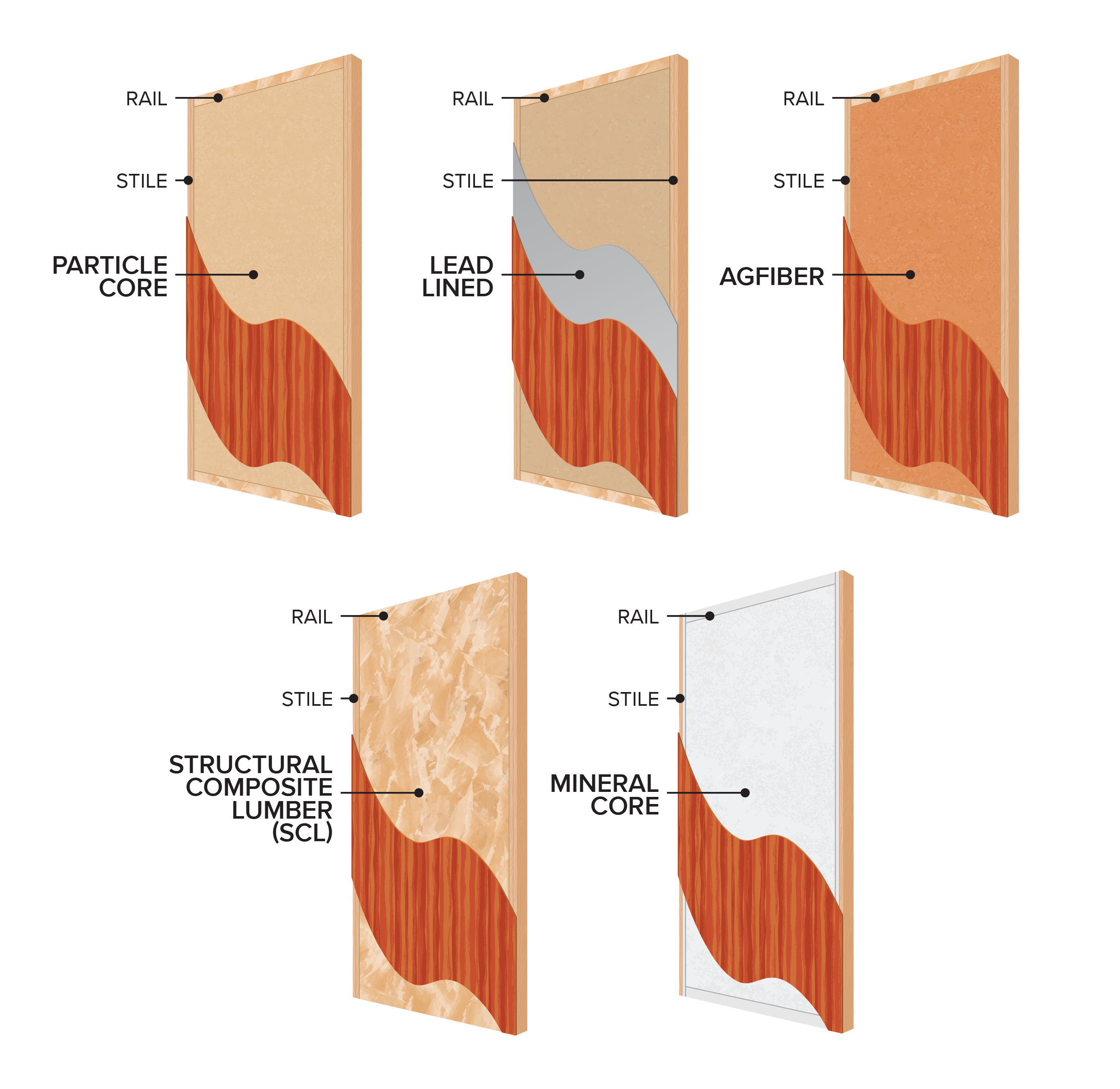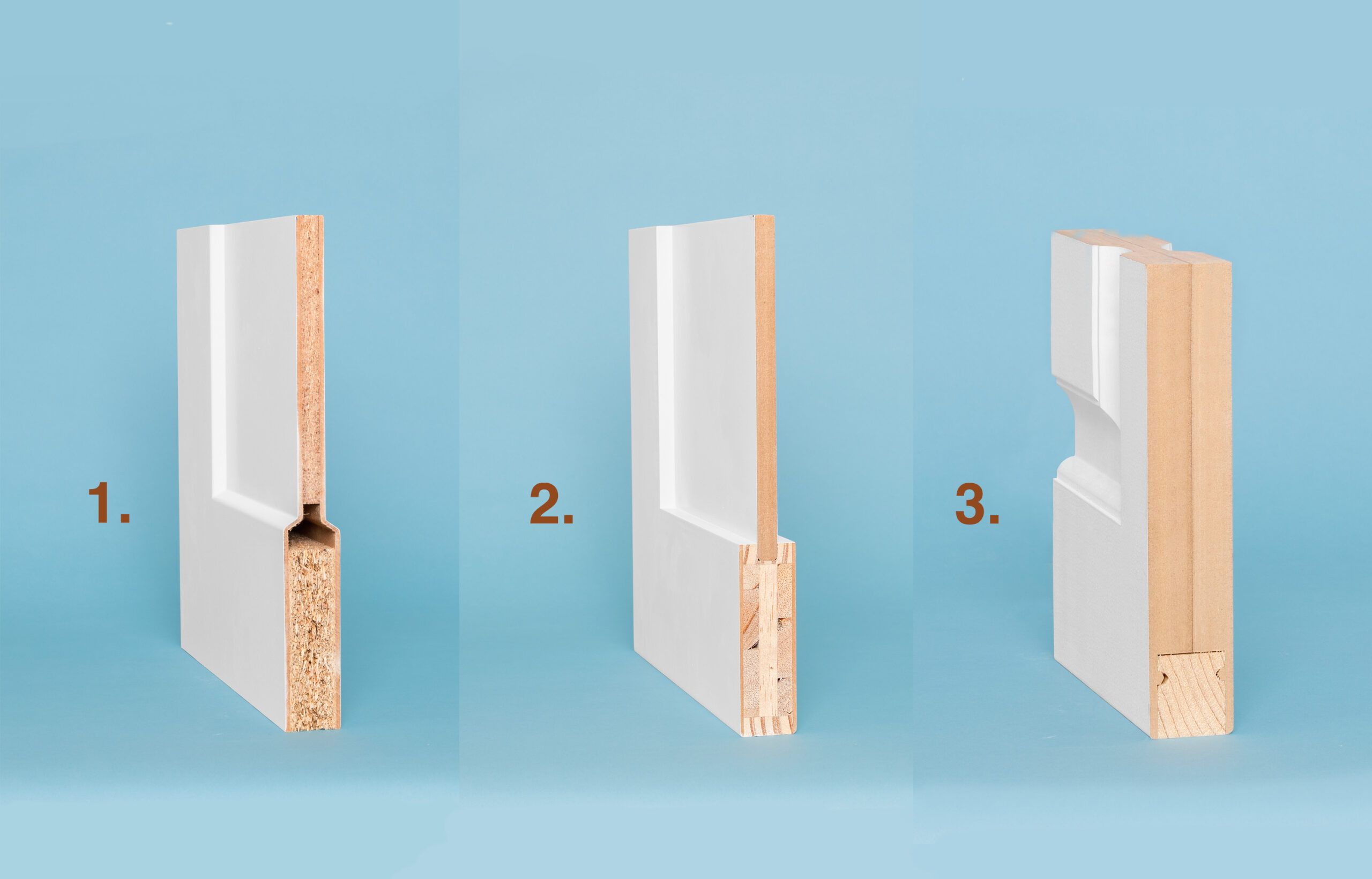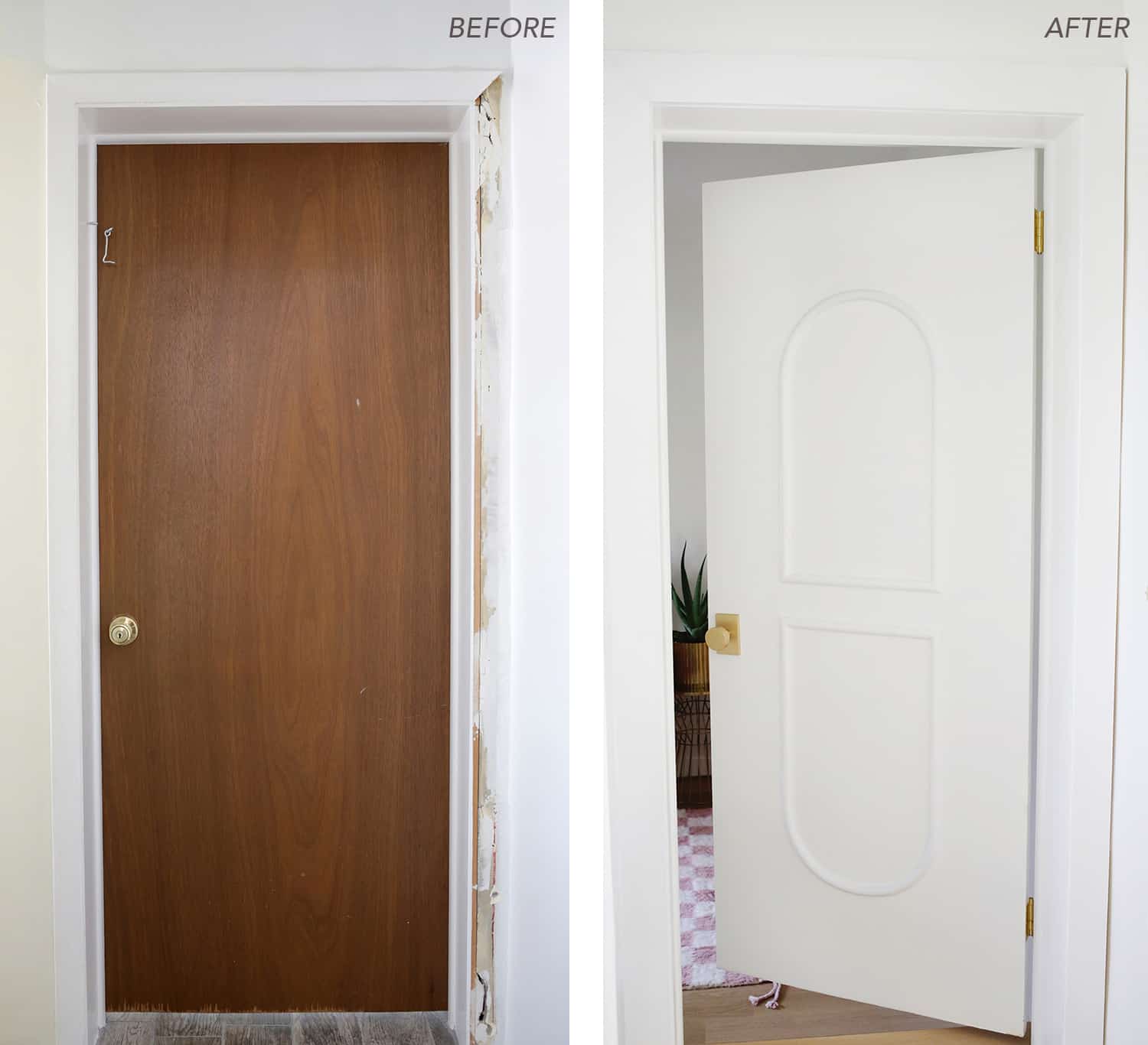
Introduction
Doors are an essential element of any building, providing security, privacy, and style. When it comes to choosing a door, one of the crucial factors to consider is the material. There are various door materials available in the market, each with its own set of characteristics and benefits. In this article, we will explore the differences between hollow core and solid wood doors, helping you understand their qualities and make an informed decision for your next door purchase.
The Basics of Hollow Core Doors

Hollow core doors are made with a lightweight construction that consists of a honeycomb or grid-like core, encased in thin veneer panels. These doors are typically found in interior applications, such as bedrooms, bathrooms, and closets. Here are some key features of hollow core doors:
- Lightweight: Hollow core doors are significantly lighter compared to solid wood doors, making them easier to install and handle.
- Affordable: Due to their construction and materials used, hollow core doors are generally more budget-friendly than solid wood doors.
- Sound Transmission: Hollow core doors have lower sound insulation properties compared to solid wood doors. They may allow more noise to pass through, reducing privacy and sound control.
- Less Durability: Hollow core doors are less durable than solid wood doors. They are prone to damage from impacts and may not withstand heavy usage over time.
The Advantages of Solid Wood Doors

Solid wood doors are crafted from a single piece of wood and are known for their timeless beauty and durability. They provide a sense of elegance and sophistication to any space. Let's explore the advantages of solid wood doors:
- Natural Beauty: Solid wood doors showcase the natural grains and patterns of the wood, adding warmth and character to your home or office.
- Enhanced Insulation: Solid wood doors offer better insulation properties compared to hollow core doors. They provide a barrier against noise, temperature changes, and drafts.
- Longevity: Solid wood doors are built to last. With proper care and maintenance, they can withstand the test of time and continue to look beautiful for decades.
- Repairable: Unlike hollow core doors, solid wood doors can be repaired if they get scratched or damaged. They can be sanded, refinished, and restored to their original glory.
Choosing the Right Material for Your Needs

When it comes to selecting the right door material, it is important to consider your specific needs and requirements. Here are some factors to consider:
- Location: If you are looking for an interior door, where noise and insulation are not major concerns, a hollow core door can be a cost-effective choice. However, for exterior doors or rooms that require privacy and sound control, a solid wood door is a better option.
- Budget: Hollow core doors are generally more affordable compared to solid wood doors. If you are working within a tight budget, a hollow core door can be a suitable choice.
- Aesthetic Appeal: Solid wood doors offer a timeless and classic look that can elevate the overall aesthetic of your space. If aesthetics are a top priority, investing in a solid wood door is worth considering.
- Longevity: If you are looking for a door that will last for years to come, solid wood doors are the way to go. They are more durable and can withstand daily wear and tear better than hollow core doors.
Other Door Material Options

While hollow core and solid wood doors are common choices, there are other materials available in the market that offer different benefits:
- Metal Doors: Metal doors are known for their strength and security. They are often used for exterior applications where durability and resistance to elements are crucial.
- Fiberglass Doors: Fiberglass doors offer the look of wood with added durability. They are resistant to warping, cracking, and rot, making them a popular choice for exterior doors.
- Glass Doors: Glass doors are an excellent choice if you want to maximize natural light and create a sense of openness. They are often used for interior applications, such as French doors or room dividers.
Conclusion
Choosing the right door material is essential for both functional and aesthetic purposes. While hollow core doors are lightweight and budget-friendly, solid wood doors offer durability, insulation, and timeless beauty. Consider your specific needs, location, and budget before making a decision. Remember, doors are an investment in your space, and choosing the right material will ensure long-term satisfaction and enjoyment. Whether you opt for a hollow core or solid wood door, make sure to properly maintain and care for it to prolong its lifespan and keep it looking its best.